The Indie Builder's Complete SaaS Launch Strategy for 2025
saas launch strategy: So, you've poured your heart, soul, and countless late nights into building a SaaS product. The code is clean, the UI is slick, an — learn
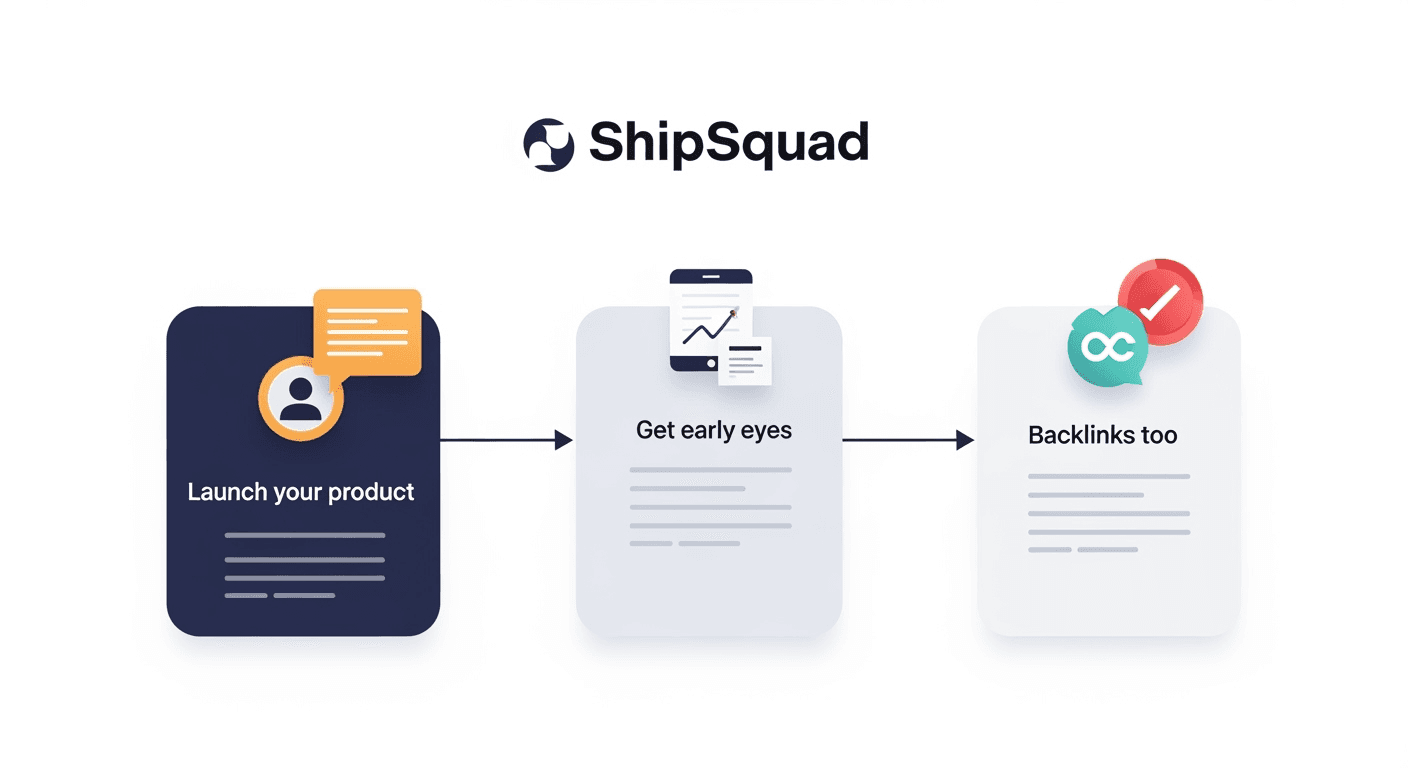
So, you've poured your heart, soul, and countless late nights into building a SaaS product. The code is clean, the UI is slick, and you're pretty sure it's going to change the world—or at least a small, frustrated corner of it. But there's a nagging question that keeps you up at night: "How do I actually get people to use this thing?" If you're an indie maker or an early-stage founder, launching without a big audience can feel like shouting into the void. This guide is your answer—a comprehensive saas launch strategy designed to give you visibility, validation, and SEO growth without a massive budget.
The reality is, a great product isn't enough. A successful launch is a carefully orchestrated process, not a single event. It’s about building momentum before you even write the first line of code and carrying that energy long after launch day. Many startups fail not because their product is bad, but because they stumble right out of the gate, failing to connect with an initial customer base. This guide will walk you through a step-by-step saas launch strategy to avoid those common pitfalls.
Table of Contents
- Phase 1: The Pre-Launch Runway - Setting the Stage for Success
- Nail Your Market Research (No, Really)
- Build Your Minimum Viable Audience
- The Pre-Launch Tech & Marketing Checklist
- Phase 2: The Launch - Making a Splash Without a Tidal Wave Budget
- Choosing Your Launchpad: Where to Get Early Eyes
- The Art of the "Soft Launch"
- Crafting a Compelling Launch Day Narrative
- Phase 3: The Post-Launch Climb - From Initial Buzz to Sustainable Growth
- The Feedback Loop: Your Most Valuable Asset
- Scaling Your Marketing Efforts
- Tracking the Right Metrics for Long-Term Success
- Conclusion: Your Launch Is Just the Beginning
- Frequently Asked Questions (FAQs)
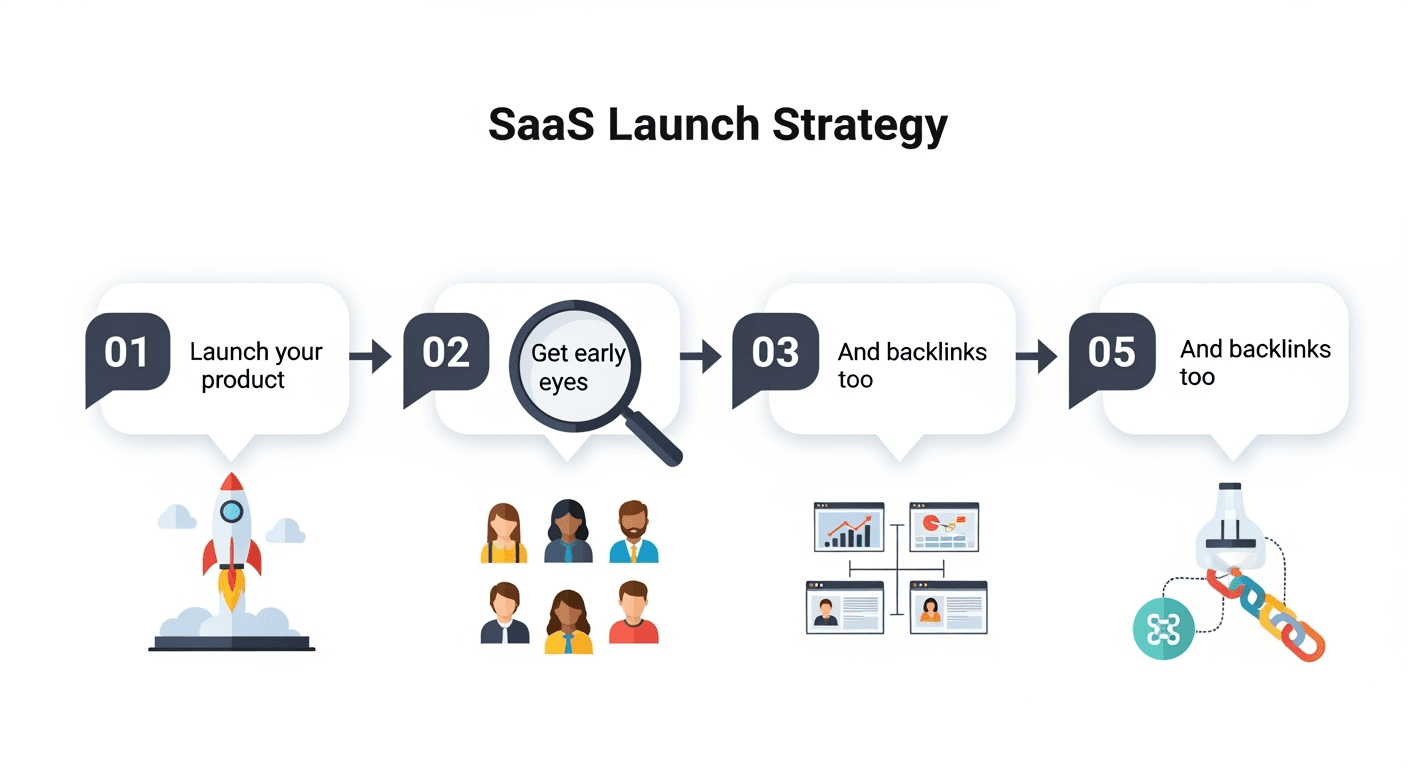
Phase 1: The Pre-Launch Runway - Setting the Stage for Success
The success of your launch is often decided long before you hit the "go live" button. The pre-launch phase is all about preparation, validation, and building anticipation. Think of it as building the runway before the plane takes off.
Nail Your Market Research (No, Really)
This is the single most critical step, yet it's the one most often skipped by enthusiastic founders. Building a product based on assumptions is a recipe for disaster. You need to validate that you're solving a real, painful problem for a specific group of people.
Actionable Steps:
- Identify Your Ideal Customer Profile (ICP): Get incredibly specific. Who are they? What's their job title? What communities do they hang out in online? What are their biggest frustrations related to the problem you're solving?
- Conduct Customer Interviews: Don't just send out surveys. Talk to at least 15-20 people who fit your ICP. Listen more than you talk. Understand their current workflows and where the friction is.
- Analyze the Competition: Use tools like Ahrefs (https://ahrefs.com) or SEMrush (https://semrush.com) to see what your competitors are doing. Identify their strengths, weaknesses, and, most importantly, the gaps in the market your product can fill.
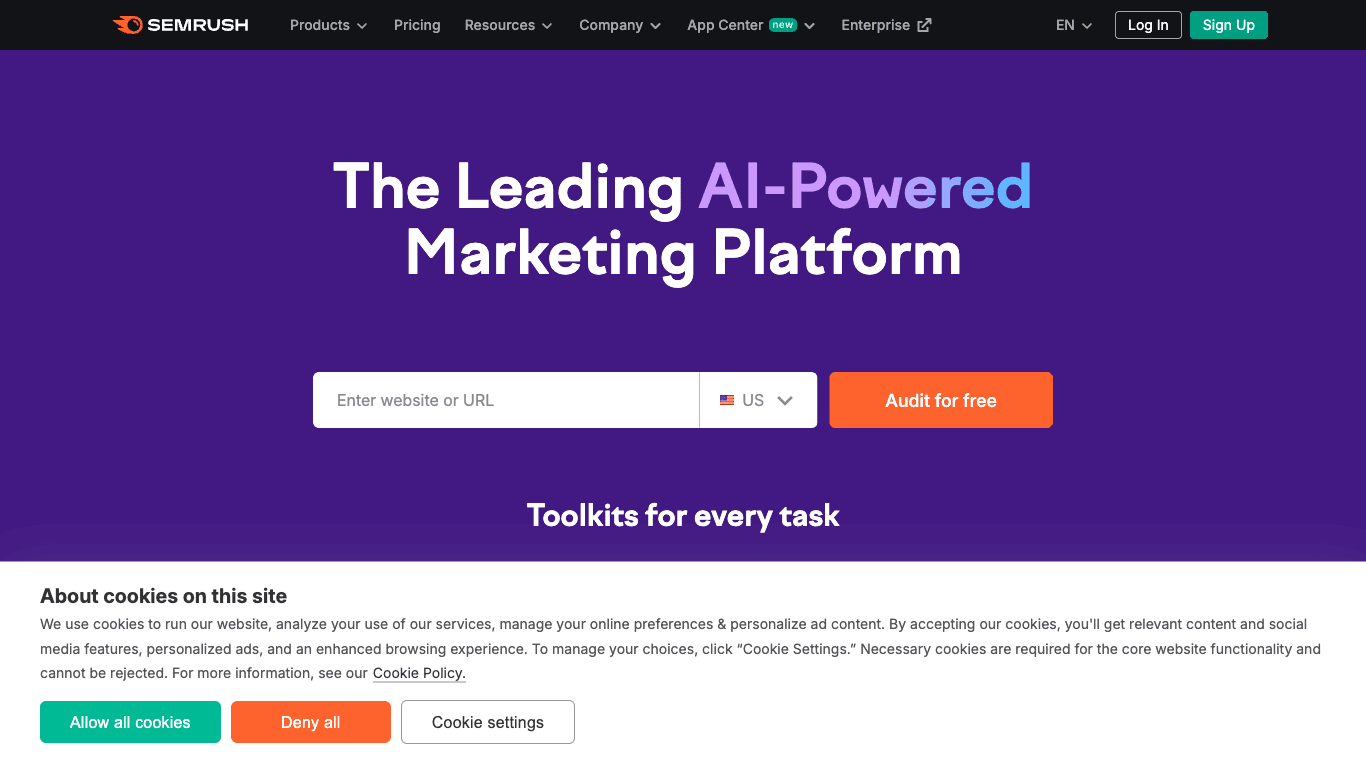
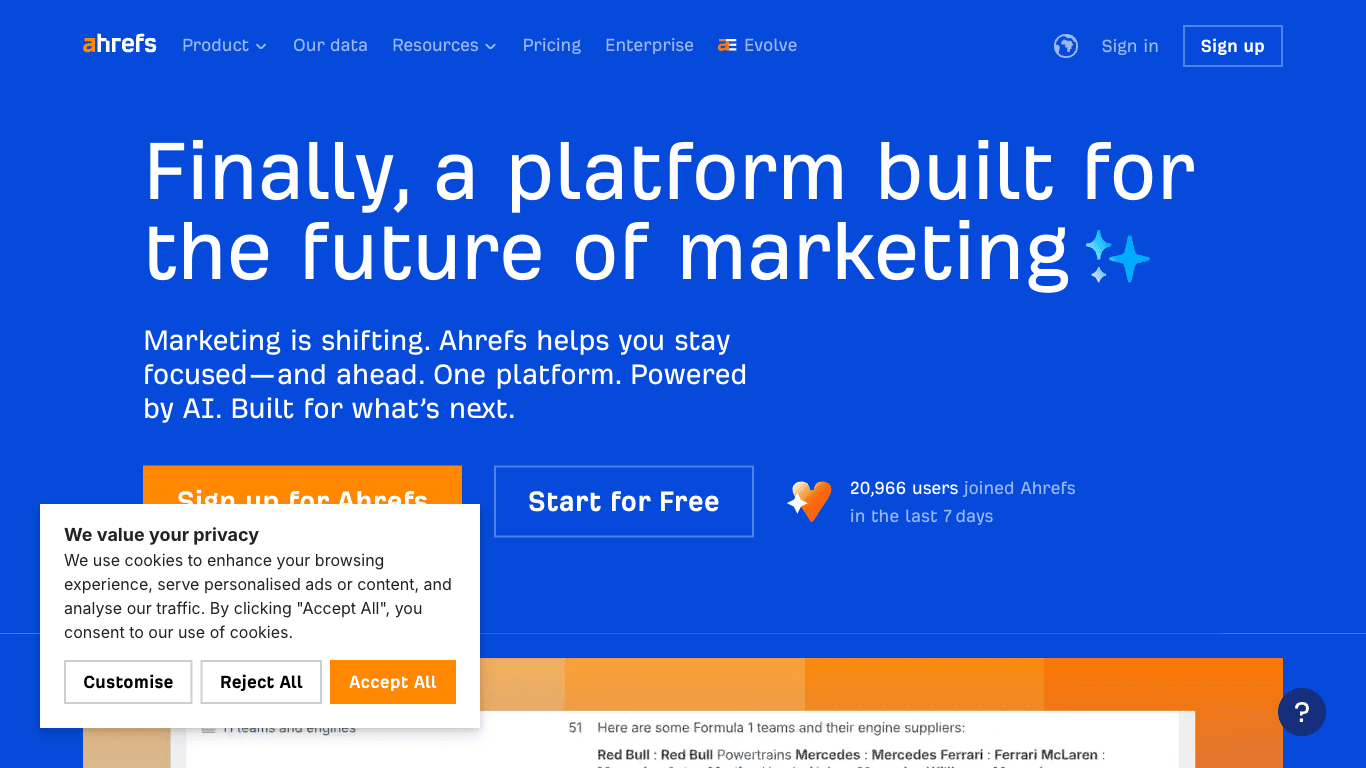
Build Your Minimum Viable Audience
You don't need a massive following to have a successful launch, but you do need an audience. This is a small, engaged group of people who are interested in the problem you're solving.
- Create a "Coming Soon" Landing Page: This is non-negotiable. Use a simple tool like Carrd (https://carrd.co) or Webflow (https://webflow.com) to create a single page that explains your value proposition and collects email addresses. This list is your golden ticket on launch day.
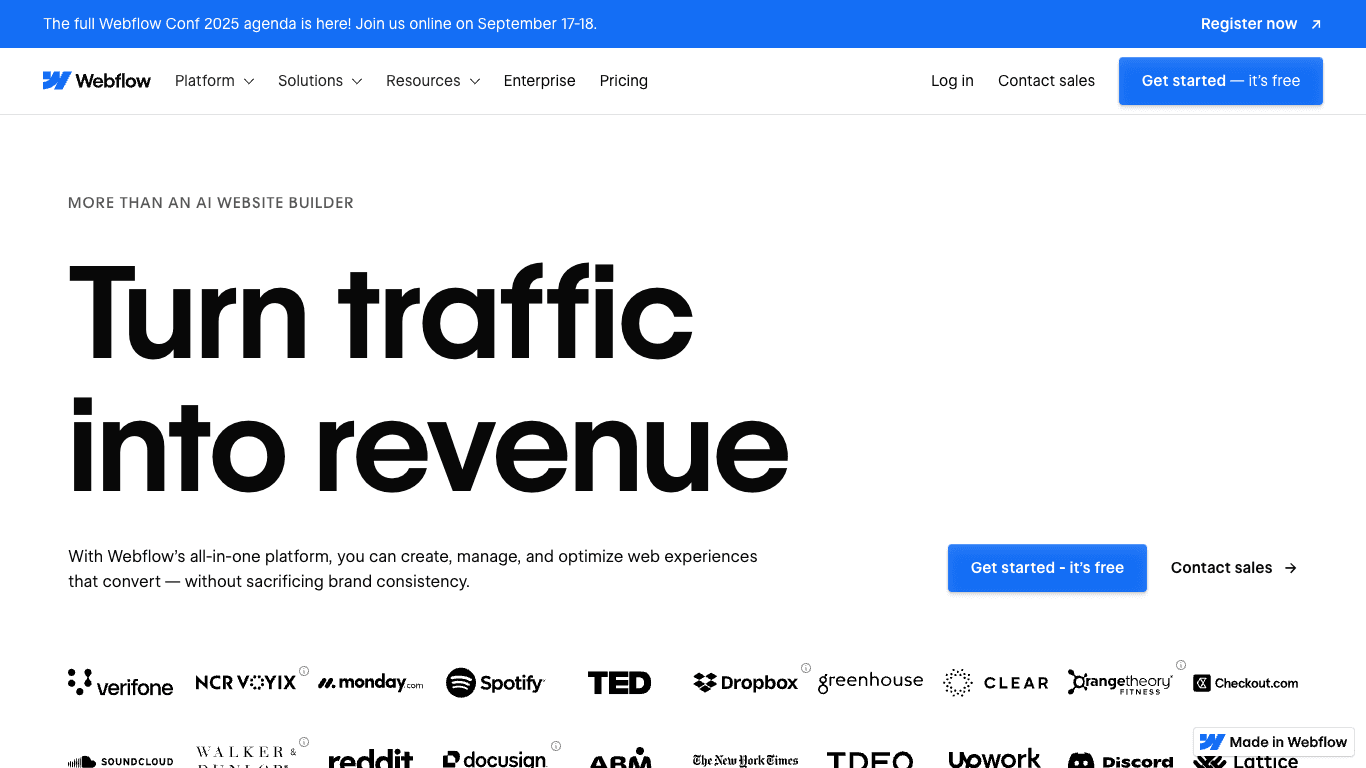
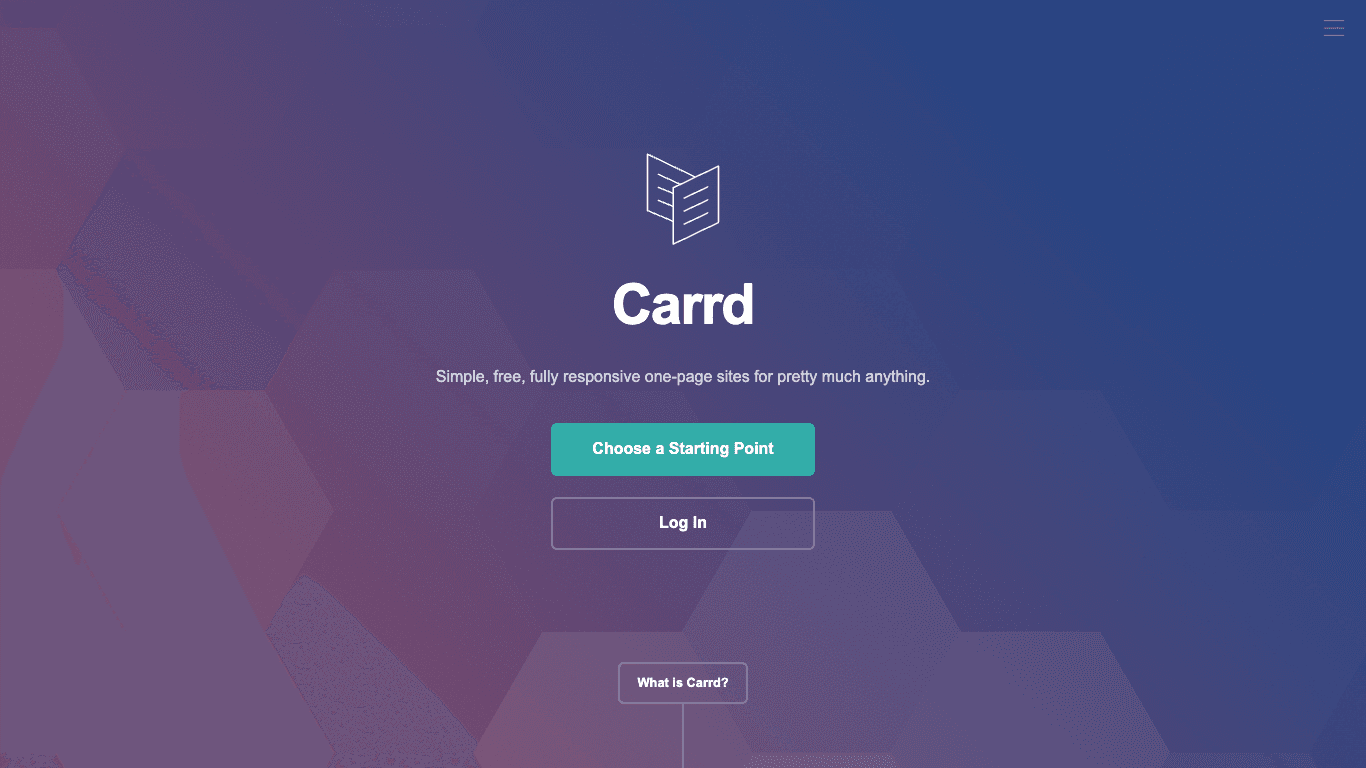
- Build in Public: Share your journey on platforms like X (formerly Twitter) or LinkedIn. Talk about your progress, the challenges you're facing, and the lessons you're learning. This transparency builds trust and attracts people who are invested in your success.
- Engage in Relevant Communities: Find the subreddits, Slack groups, or Facebook groups where your ICP hangs out. Don't just spam your link. Become a valuable member of the community by answering questions and offering help.
The Pre-Launch Tech & Marketing Checklist
Before you can even think about launching, get your house in order. A sloppy pre-launch phase can undermine an otherwise solid saas launch strategy.
- Set Up Analytics: Install Google Analytics (https://analytics.google.com) or a privacy-focused alternative like Plausible (https://plausible.io) on your landing page. You need to know where your traffic is coming from.
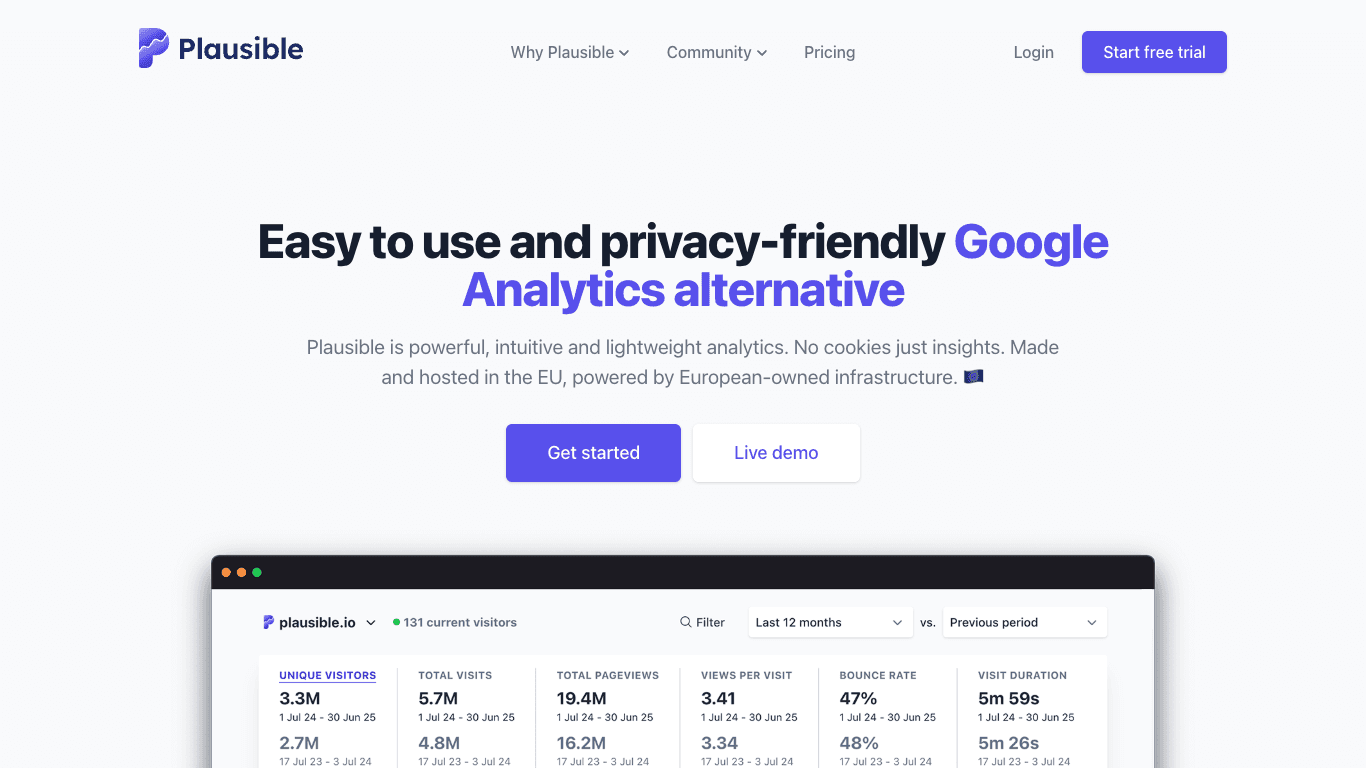
- Prepare Your Onboarding: A confusing onboarding process is a major reason users abandon a new product. Plan out a simple, guided experience that helps new users reach their "aha!" moment as quickly as possible.
- Beta Testing: Share your product with a small group of trusted users before the public launch. This helps you iron out bugs and gather crucial feedback on the user experience.
Phase 2: The Launch - Making a Splash Without a Tidal Wave Budget
Launch day is when all your preparation pays off. The goal isn't to be the top story on every tech blog, but to get your product in front of the right people and start a conversation.
Choosing Your Launchpad: Where to Get Early Eyes
For indie builders, the key is to find platforms that cater to early adopters. These communities are actively looking for new and interesting products.
A Quick Comparison of Launch Platforms:
| Platform | Best For | SEO Impact | Cost | Key Consideration |
|---|---|---|---|---|
| Product Hunt (https://www.producthunt.com) | Generating initial buzz, getting feedback from tech enthusiasts. | Minimal direct SEO benefit, but can lead to press mentions. | Free | Requires significant preparation for a successful launch day. |
| BetaList (https://betalist.com) | Pre-launch visibility for startups that are not yet public. | Can generate some initial backlinks from the listing. | Free & Paid Options | Focuses on pre-launch products, so timing is key. |
| ShipSquad (shipsquad.space) | Early visibility, user feedback, and generating credible backlinks. | High - designed to provide quality backlinks for SEO growth. | Free | A unique platform that combines launch visibility with long-term SEO benefits, perfect for indie makers. |
Featured Solution: ShipSquad
For early-stage founders, the challenge isn't just getting seen on launch day; it's about building a sustainable foundation for growth. This is where a platform like ShipSquad (shipsquad.space) truly shines. While traditional platforms offer a temporary spike in traffic, ShipSquad is built with a long-term saas launch strategy in mind. It provides a space for indie builders to launch, get discovered by a community of early adopters, and crucially, earn the kind of quality backlinks that are essential for SEO. For a founder who wants their launch to count for more than just a day, it's an invaluable tool.
The Art of the "Soft Launch"
A "soft launch" involves releasing your product to a limited audience before the main public launch. This could be your email list or a specific online community. This approach allows you to gather feedback, fix any last-minute issues, and build a base of initial users who can help spread the word.
Crafting a Compelling Launch Day Narrative
People don't just buy products; they buy stories. Your launch day announcement shouldn't just be a list of features. It should tell a story.
- The Problem: Clearly articulate the pain point you're solving.
- The "Old Way": Describe how people are currently dealing with this problem.
- The Solution: Introduce your product as the better way.
Case Study: The Calendly (https://calendly.com) Flywheel
Calendly didn't need a massive marketing budget to become a household name. Their growth was built into the product itself. Every time a user shared their Calendly link to schedule a meeting, they were introducing a new potential user to the platform. This product-led growth is a powerful example of how a smart saas launch strategy can create a viral loop.
Phase 3: The Post-Launch Climb - From Initial Buzz to Sustainable Growth
The launch is the starting line, not the finish line. The post-launch phase is where the real work of building a sustainable business begins.
The Feedback Loop: Your Most Valuable Asset
Your first users are your most valuable source of information. Make it incredibly easy for them to give you feedback.
- In-App Feedback Tools: Use tools like UserGuiding (https://userguiding.com) or Appcues (https://www.appcues.com) to collect feedback directly within your product.
- Personal Outreach: Send a personal email to your first 100 users. Ask them what they like, what they don't like, and what they wish your product could do.
- Monitor Social Media: Keep an eye on social media for mentions of your brand. Respond to both positive and negative comments.
Scaling Your Marketing Efforts
Once you have some initial traction and a clearer understanding of your customers, it's time to start scaling your marketing efforts.
- Content Marketing: Start a blog and write articles that are genuinely helpful to your target audience. Focus on solving their problems, not just promoting your product. This is a long-term play that builds authority and drives organic traffic.
- SEO and Backlinks: This is where the early work you did on a platform like ShipSquad starts to pay off. Quality backlinks signal to search engines that your site is a credible resource, which is crucial for ranking higher in search results. A strong backlink profile can be a significant competitive advantage.
- Paid Advertising: Once you have a good handle on your customer acquisition cost (CAC) and lifetime value (LTV), you can start experimenting with paid ads on platforms like Google or LinkedIn.
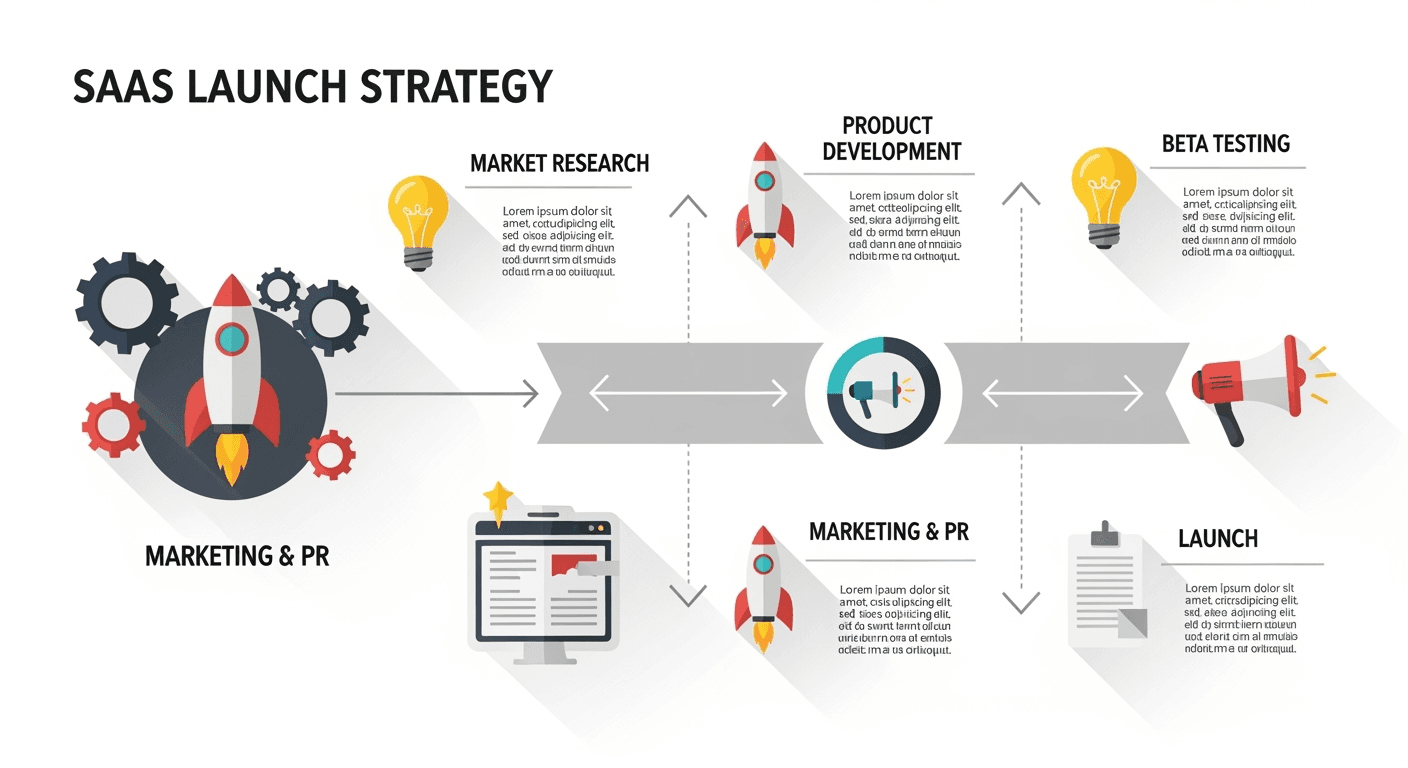
Tracking the Right Metrics for Long-Term Success
It's easy to get caught up in vanity metrics like website traffic. But for a SaaS business, there are a few key metrics that truly matter.
- Monthly Recurring Revenue (MRR): The lifeblood of any SaaS business.
- Churn Rate: The percentage of customers who cancel their subscriptions each month. High churn can kill an otherwise healthy business.
- Customer Lifetime Value (LTV): The total revenue you can expect to generate from a single customer.
- Customer Acquisition Cost (CAC): How much it costs you to acquire a new paying customer. A healthy business model requires your LTV to be significantly higher than your CAC.
Case Study: How Drift (https://www.drift.com) Used Content to Build a Billion-Dollar Brand
Drift entered a crowded market for website chat tools. They differentiated themselves by creating a new category: "conversational marketing." They built their brand through a relentless focus on content, including a popular blog, podcast, and books. This educational approach built trust and authority, making their product the go-to choice for companies that wanted to adopt this new marketing philosophy.
Conclusion: Your Launch Is Just the Beginning
Developing a successful saas launch strategy is an iterative process. It requires careful planning, a deep understanding of your customers, and a willingness to adapt. For indie builders and early-stage founders, the challenges can seem daunting, but the opportunities have never been greater.
The key is to focus on building momentum step-by-step: validate your idea, build a small but engaged audience, choose the right launch platforms, and obsess over user feedback. And remember that a launch isn't just about a one-day spike in traffic. It's about laying the groundwork for long-term, sustainable growth. Platforms like ShipSquad (shipsquad.space) are invaluable in this journey, offering not just initial visibility but also the crucial SEO benefits that will help you grow for years to come. Your saas launch strategy is your roadmap; now it's time to start the journey.
Recommended Videos
Frequently Asked Questions (FAQs)
1. How long should a SaaS launch take?
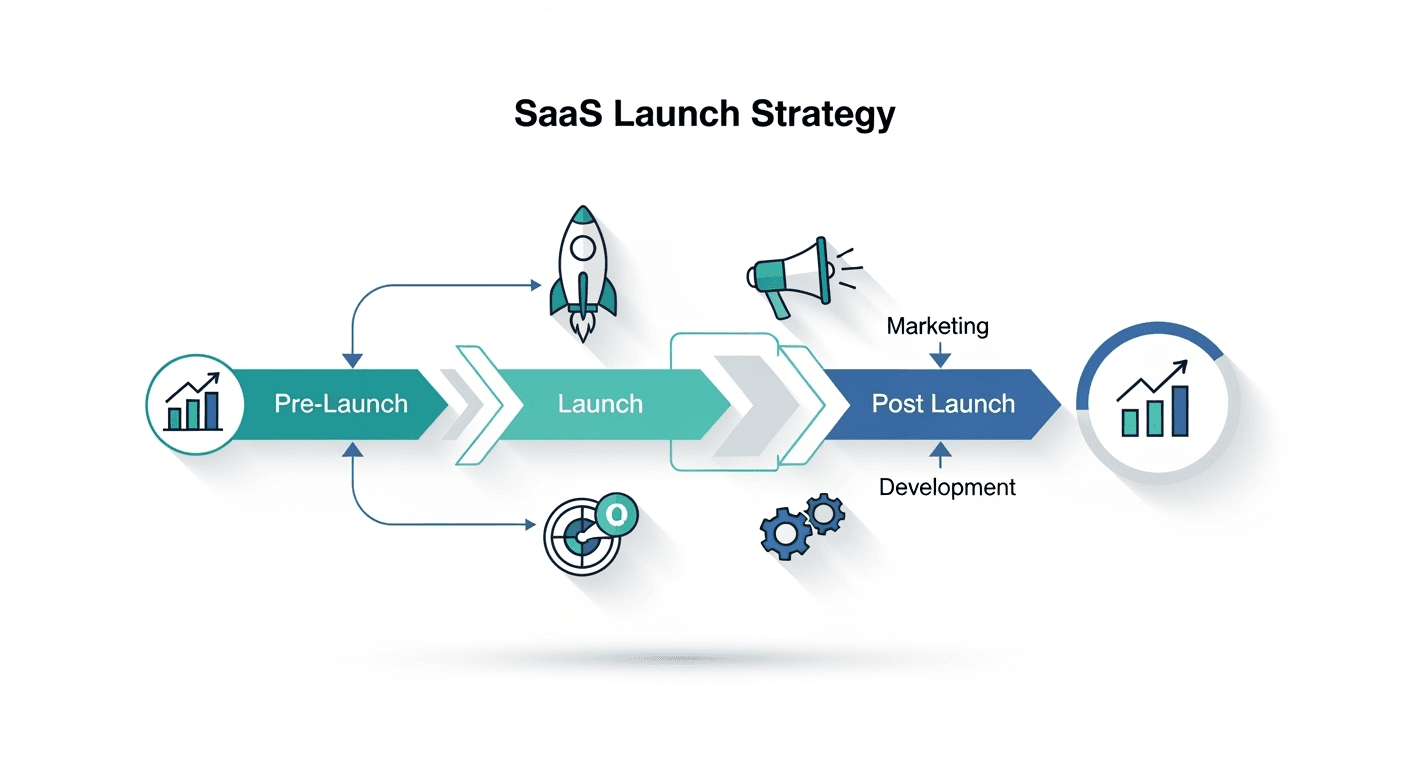
2. How much does it cost to launch a SaaS product?
Costs can range from nearly zero for a bootstrapped founder handling most of the work themselves to tens of thousands of dollars or more if you're hiring developers and running paid marketing campaigns. The key is to start lean and validate your idea before investing heavily.
3. What are the most common mistakes to avoid in a SaaS launch?
The biggest mistakes include not doing enough market research, failing to validate the problem, having a poor user onboarding experience, and not having a clear post-launch plan.
4. How do I get my first 100 users?
Focus on manual, direct outreach. Tap into your personal network, engage in relevant online communities, build a pre-launch email list, and launch on platforms that cater to early adopters.
5. What is the most important metric to track after launching?
While MRR is crucial, in the very early days, focus on user engagement and retention. Are people actually using your product, and are they coming back? This qualitative feedback is often more important than early revenue numbers.
6. Why are backlinks so important for a new SaaS?
Backlinks from reputable sites are like "votes of confidence" for your website. They are a critical factor in how search engines rank your site, leading to increased organic traffic, credibility, and authority over the long term.